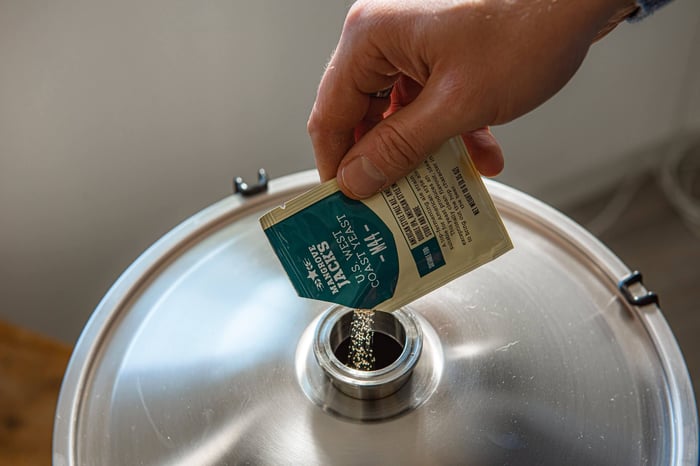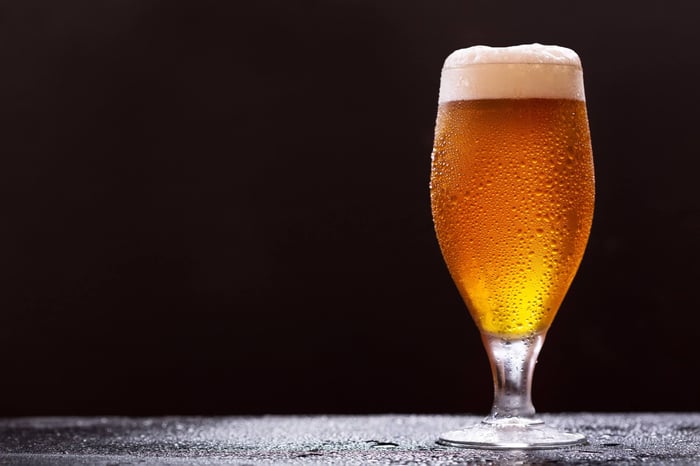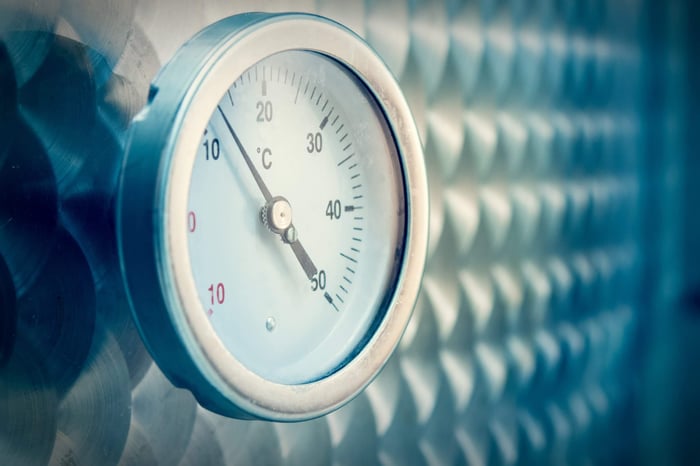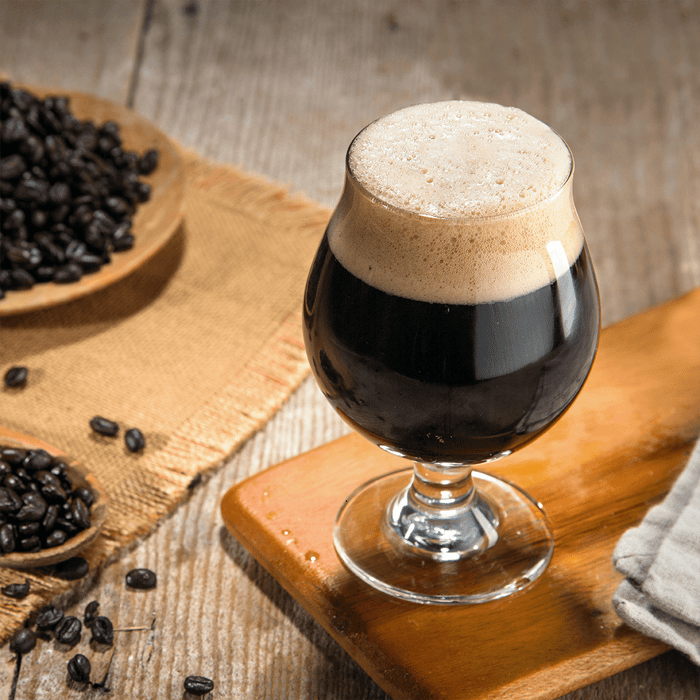Here's a question that's probably crossed every Australian brewer's mind: why does your mate's pale ale taste completely different to yours, even though you followed the same recipe? The answer often lies in one crucial ingredient that doesn't get nearly enough attention – yeast. There's an old saying we're fond of repeating: brewers make wort, yeast makes beer. Getting this relationship right is what transforms good intentions into great beer.
Breaking Down Yeast Fundamentals
When you're standing in front of the homebrew shop fridge wondering which yeast to grab, understanding the basic categories helps enormously. You're essentially choosing between two main families: Saccharomyces cerevisiae (ale yeast) and Saccharomyces pastorianus (lager yeast). Each family brings completely different characteristics to your brewing.
Ale yeasts are the reliable workhorses that built beer culture. Operating happily at 18-22°C, these top-fermenting champions create the fruity complexity you'll find in everything from hoppy pale ales to rich stouts. They're also pretty forgiving when it comes to alcohol levels, making them perfect for those bigger, bolder Australian craft beer styles that have become so popular.
Lager yeasts are the perfectionists. Working at cooler temperatures (8-15°C), these bottom-fermenting specialists take their time to create those clean, crisp profiles that make a great pilsner so refreshing on a hot Australian afternoon. They're thorough workers too, consuming more of the available sugars to deliver that dry, clean finish.
The Science of Beer Flavour
Controlling Ester Formation
Esters are responsible for those fruity and floral notes that can make or break your beer. Think of them as seasoning – a little can enhance the overall character, but too much overwhelms everything else. The challenge for Australian brewers is managing ester production during our warmer months when temperature control becomes trickier.
Here's what affects ester formation: fermentation temperature (higher temps mean more esters), yeast health (stressed yeast produces more esters), and oxygen levels at pitching.
One thing that catches many brewers off guard is how original gravity affects ester production. Higher alcohol beers naturally create more esters, which is why nailing those imperial IPAs and Russian imperial stouts requires extra attention to fermentation management.
Tackling Carbonyl Challenges
Australian brewing conditions can make carbonyl management particularly challenging. These compounds include acetaldehyde (that harsh green apple flavour) and diacetyl (butterscotch notes that can overwhelm delicate beer styles).
Acetaldehyde formation increases with temperature stress, making it a common issue during summer brewing. The compound typically decreases as fermentation progresses, but only if you leave the beer in contact with healthy yeast long enough.
Diacetyl presents another challenge, especially for lager styles. While small amounts might be acceptable in certain ale styles, clean lagers should have virtually no diacetyl presence. This is where proper temperature control and adequate conditioning time become crucial.
Managing Phenolic Compounds
Phenolic compounds can either enhance your beer or ruin it, depending on what you're trying to achieve. Belgian strains are prized for their ability to produce pleasant clove and spice notes, whilst clean American ale strains keep phenolic production minimal.
Australian water quality is generally excellent, but urban areas sometimes have higher chlorine levels that can create unpleasant medicinal flavours. If you're dealing with heavily chlorinated water.
Practical Yeast Selection Strategy
Choosing the right yeast involves matching strain characteristics with your brewing goals and local conditions. Start by asking yourself these questions:
What style are you brewing, and what role should yeast play in that style? Are you looking for yeast character to shine through, or do you want it to stay in the background? Can you maintain appropriate fermentation temperatures given your setup and the season? Will the strain handle your target alcohol level without stress?
Australian craft brewing has embraced both traditional styles and innovative approaches using local ingredients. This means you might choose a classic English strain for a traditional bitter, or experiment with saison yeasts for unique interpretations using Australian hops and malts.
Seasonal Considerations
Summer brewing in Australia requires special attention to yeast selection. Heat-tolerant strains like saison yeasts or certain Belgian ales can handle higher temperatures better than delicate lager strains. Alternatively, investing in proper temperature control opens up more options year-round.
Winter brewing allows for exploring lager styles and other temperature-sensitive yeasts that might struggle during warmer months. Plan your brewing calendar to take advantage of natural temperature variations.
Making the Most of Local Ingredients
Australian hops bring unique characteristics that influence yeast selection. Galaxy, Vic Secret, and other local varieties often have intense tropical fruit profiles that work beautifully with clean, neutral yeasts that let hop character dominate. Alternatively, if you're using local honey or native botanicals, consider how yeast character will complement these unique ingredients.
Local maltsters are producing excellent products that deserve thoughtful yeast pairing. A robust porter made with Australian malt might benefit from an English ale yeast that contributes complementary dark fruit esters, whilst a crisp lager showcases malt character best with a clean German lager strain.
Building Your Yeast Knowledge
The most effective way to understand yeast is through hands-on experience. Start with reliable strains suited to your favourite styles, then gradually expand your repertoire based on successful results.
Keep detailed records of your yeast experiences. Note how different strains perform in your specific setup, what flavours they contribute, and how they handle different recipes. This personal database becomes incredibly valuable for future brewing decisions.
Ready to take your fermentation game to the next level? Browse Grainfather Australia store for quality yeast strains and temperature control equipment designed for Australian brewing conditions.
We'd love to hear about your yeast adventures! Which strains have delivered outstanding results in your brewery? Any unexpected discoveries worth sharing? Drop us a line – swapping brewing stories and learning from each other is what makes this hobby so rewarding.
Grainfather Team










